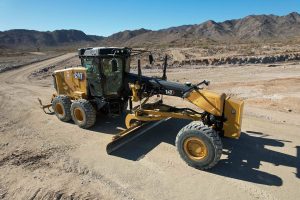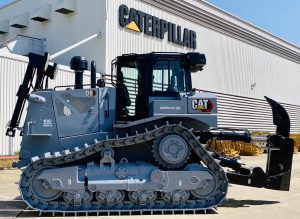By Munesu Shoko – Editor
The nomadic nature of my job takes me to different quarry operations around South Africa and the SADC region at large. The overarching observation from my recent site visits is the growing demand for manufactured sand.
Sand has traditionally been obtained from natural sources such as rivers and coastlines. However, new regulations have been enacted to protect these sources. In many cases, sourcing sand from riverbanks and shorelines has been outlawed completely because of the dire environmental consequences such as erosion in rivers and coastlines, as well as changes in the water’s PH levels.
That sand is one of the most important materials in the modern world is no overstatement. In fact, it is the second largest natural resource by volume after water and accounts for the largest volume of solid material extracted globally.
Yet, according to some forecasts, buildable sand may run out as early as the first half of this century. This is a worrying reality because sand and gravel build the foundations of our economies, finding use in not only construction, but other diverse sectors from electronics to glass.
A recent United Nations report notes that demand for sand resources is rising. Shifting consumption patterns, growing populations, increasing urbanisation and infrastructure development have increased demand three-fold over the last two decades. The world now needs 50-billion tonnes per year, an average of 18 kg per person per day.
The challenge is that the world has been exceeding easily available sand resources at a growing rate for decades. We are spending our sand ‘budget’ faster than we can produce responsibly. The increasing discrepancy between the need for aggregates in society and the scarcity of natural sand (the result of exhaustion of resources and environmental considerations), has urged the industry to look for a suitable and sustainable alternative fine aggregate. Manufactured sand has therefore proven to be the most economical and ecological alternative.
Forward-thinking aggregate producers are therefore positioning themselves to make the most of this projected demand for manufactured sand, with investments in new sand production technologies taking centre stage across several operations. In recent years, sustainable technologies that produce well-shaped, washed and graded manufactured sand have also come to market to help the migration from natural sand.
For end users, the benefits of taking the manufactured sand route abound. Manufactured sand generally has higher compressive and flexural strength than natural sand. Due to weathering, natural sand particles are rounded, whereas manufactured sand particles are angular and have a rougher surface texture, allowing better bonding with the mortar in concrete, thereby providing improved strength properties.
Manufactured sand has also been proven to offer better workability. It is graded with precision and consistency thus has higher fineness modulus compared to natural sand and crusher dust. This gives good workability for concrete and masonry.
In addition, manufactured sand is free of impurities such as clay, dust and silt and has denser particle packing than natural sand particles, thereby reducing the voids in aggregate and hence saving cement requirement in concrete production.
The depletion of natural sand resources is a major concern, and in areas where demand is high, there are fewer and fewer sustainable sources. As a result, sand has to be transported over greater distances which has led to price increases. Manufactured sand can be produced close to construction sites, thus bringing down transportation costs and enabling consistent supply.
The future of the aggregates market is manufactured sand. Sand is a key ingredient in concrete, cement and asphalt. As cities around the world continue to grow, the demand for sand will grow at an exponential rate.






